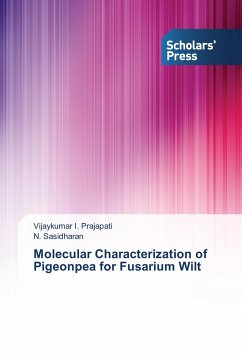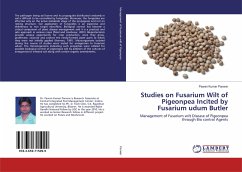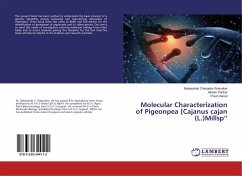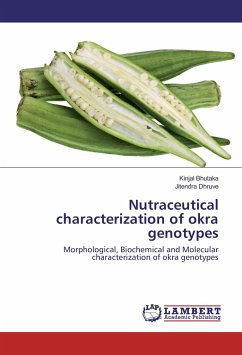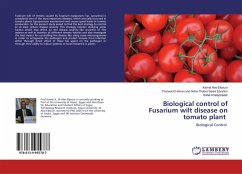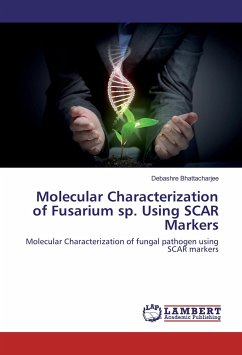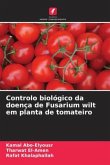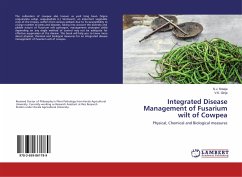Pigeonpea [Cajanus cajan (L.) Millsp.] (2n = 22) is the second most important pulse crop and plays an important role in subsistence agriculture. The fusarium wilt is one of the major diseases of concern followed by Phytophthora blight and sterility mosaic, affecting the productivity of this crop per unit area. Therefore, to minimize yield losses due to fusarium wilt, it is necessary to tackle these problems at molecular level by developing cultivars which resist/tolerate these biotic stresses and have greater recovery from damage. In present study RAPD and SSR markers were used to distinguish the 17 pigeonpea genotypes according to their resistance and susceptibility to fusarium wilt. The study also revealed that from the tendency of resistant and susceptible genotypes to cluster together, it can be inferred that these genotypes share a common phylogenetic pathway and the resistancy and susceptibility to fusarium wilt may be due to mono or oligogenes which can in turn to be targeted using more efficient molecular marker systems.
Bitte wählen Sie Ihr Anliegen aus.
Rechnungen
Retourenschein anfordern
Bestellstatus
Storno

